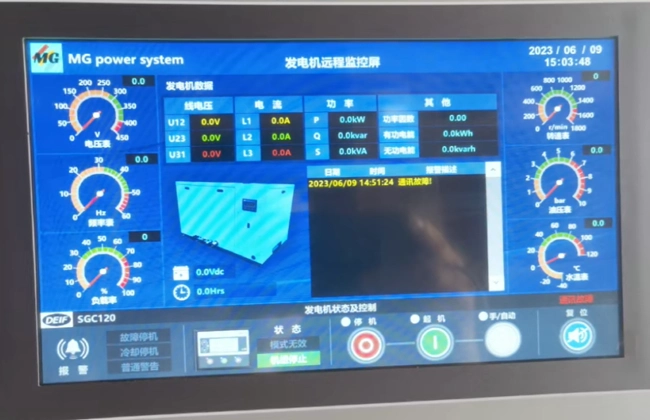LCD services for marine industry
LCDs have diverse applications in the marine industry, contributing to navigation, communication, safety, and entertainment on various vessels. Here are specific applications and strengths of LCD displays in the marine sector:

Navigation Systems:
Application: LCDs are extensively used in marine navigation systems such as GPS chartplotters and radar displays.
Strengths: High-resolution displays provide clear and detailed navigational charts, maps, and radar images. LCDs offer excellent visibility even in bright sunlight, aiding navigation during different weather conditions.
Multifunctional Displays (MFDs):
Application: MFDs on ships integrate various information, including navigation, sonar, weather, and vessel data, onto a single display.
Strengths: LCDs allow for the consolidation of diverse data sources, enhancing situational awareness for sailors and operators. Touch-screen capabilities provide intuitive control, facilitating efficient operation.
Engine Monitoring and Control:
Application: LCDs are used in marine engine control panels to display critical parameters such as engine temperature, RPM, fuel levels, and system diagnostics.
Strengths: LCDs enable real-time monitoring of engine conditions, contributing to efficient operation and preventive maintenance. Alerts and warnings can be displayed clearly for immediate attention.
Communication Systems:
Application: LCDs are part of communication systems on ships, including displays for VHF radios, satellite communication, and intercom systems.
Strengths: LCDs provide a clear interface for communication devices, allowing for easy monitoring of channels, frequencies, and messages. Touch-screen displays enhance user interaction.
Safety and Surveillance:
Application: LCDs are used in surveillance and safety systems, including CCTV displays for monitoring various areas of the vessel.
Strengths: LCDs contribute to enhancing safety and security by providing clear and real-time video feeds. Multiple camera inputs can be displayed simultaneously for comprehensive surveillance.
Weather Monitoring and Instruments:
Application: LCDs are employed in marine weather instruments and meteorological displays on ships.
Strengths: LCDs allow for the presentation of weather data, forecasts, and alerts, aiding sailors in making informed decisions. The displays are durable and can withstand the harsh marine environment.
Entertainment Systems:
Application: LCDs are integrated into entertainment systems on board, providing displays for TVs, movie screens, and gaming consoles.
Strengths: High-quality displays enhance the onboard entertainment experience. LCDs are energy-efficient and can be configured for various entertainment options, contributing to crew and passenger comfort.
Bridge Control Systems:
Application: LCDs are central to the bridge control systems, displaying critical information for navigation, communication, and vessel management.
Strengths: LCDs offer customizable displays for the bridge, allowing operators to prioritize and visualize relevant information. Touch-screen interfaces simplify control and navigation tasks.
In summary, LCDs play a pivotal role in the marine industry, supporting navigation, communication, safety, and entertainment. Their strengths lie in providing clear and versatile displays that are crucial for the efficient and safe operation of various marine systems and vessels.
